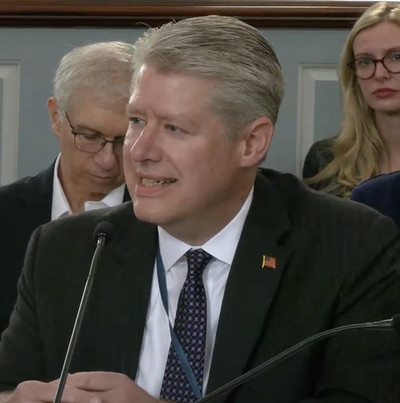Could a Nearly Fifty-Year-Old Math Problem—Solved by a Bowdoin Professor—Have Protected the Louvre’s Jewels?
By Bowdoin NewsIn the aftermath of the astonishing jewel heist at the Louvre, a question has emerged: Could a decades-old geometry problem solved by mathematics professor Steve Fisk have kept the museum safe from such a breach?

Mathematics professor Steve Fisk, 1981
A BBC article delves into this angle of the story, asking how many cameras are needed to provide comprehensive coverage of a space—even one with a complicated floor plan.
An excerpt:
By dividing the number of corners in a room by three, that will tell us how many cameras are needed to cover it, assuming they have a full 360-degree field of view. …
This even works if the number of corners isn't neatly divisible by three. For a 20-sided gallery, for example, the answer works out at six and two thirds. In these cases you can take the whole number—so we'd never need more than six cameras in a 20-sided room.
In 1978 Steve Fisk, a mathematics professor at Bowdoin College in Maine, US, came up with a proof—considered one of the most elegant in all of mathematics—of this lower limit on the number of cameras needed.
His strategy was to divide the gallery up into triangles … He then proved that you can pick just three colours—say red, yellow and blue—and assign a different colour to the corners of each triangle. This would mean that every triangle in your gallery has a different colour in its three corners … This is known as "three-colouring" the corners.


